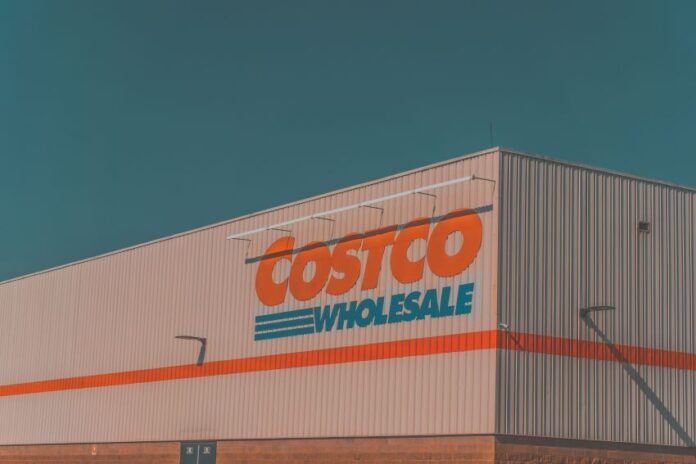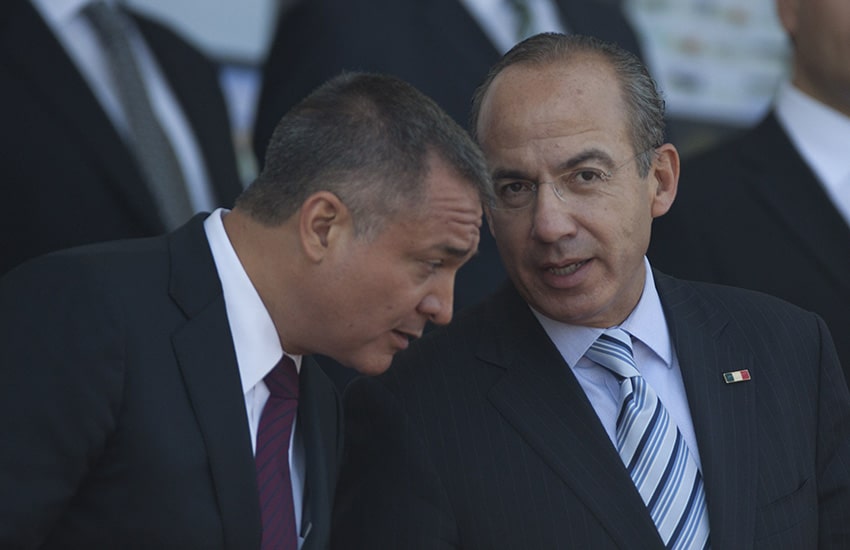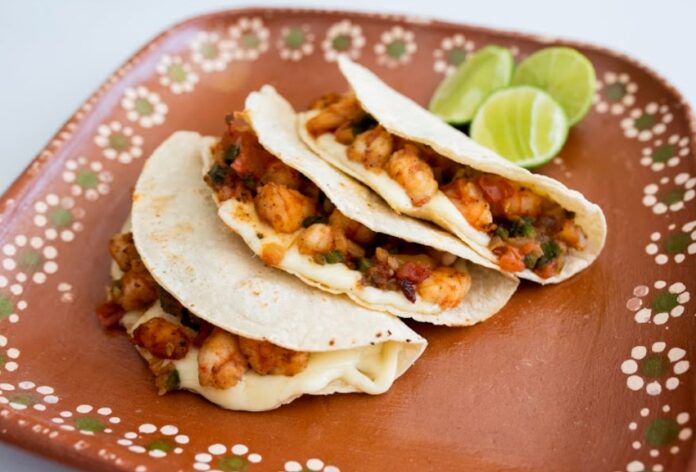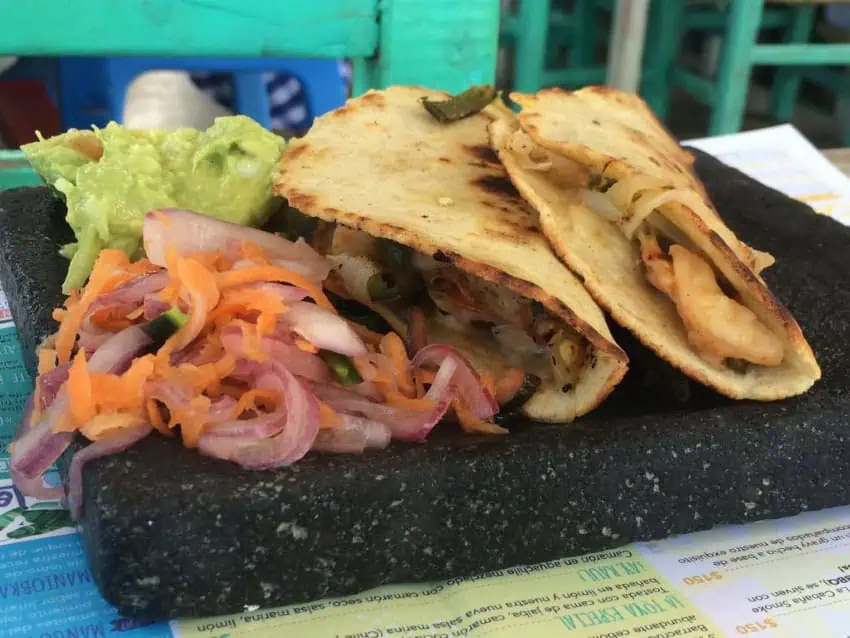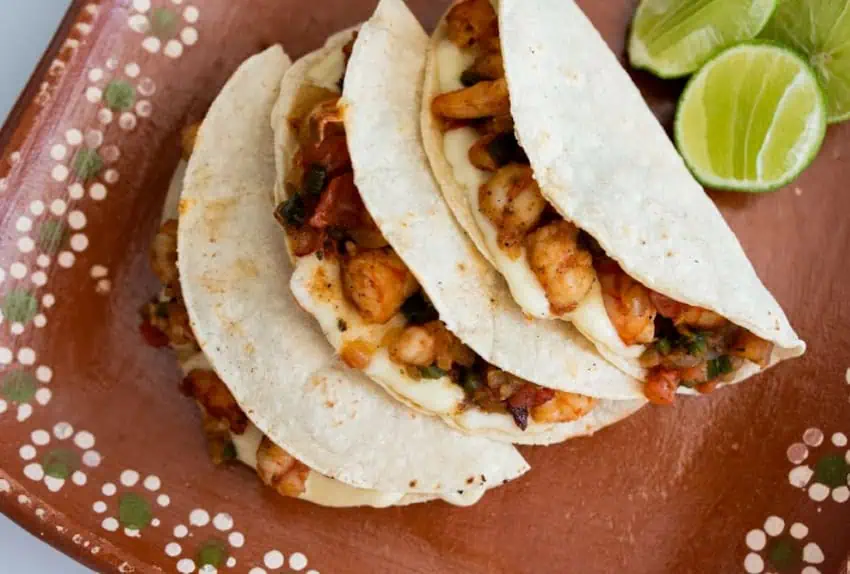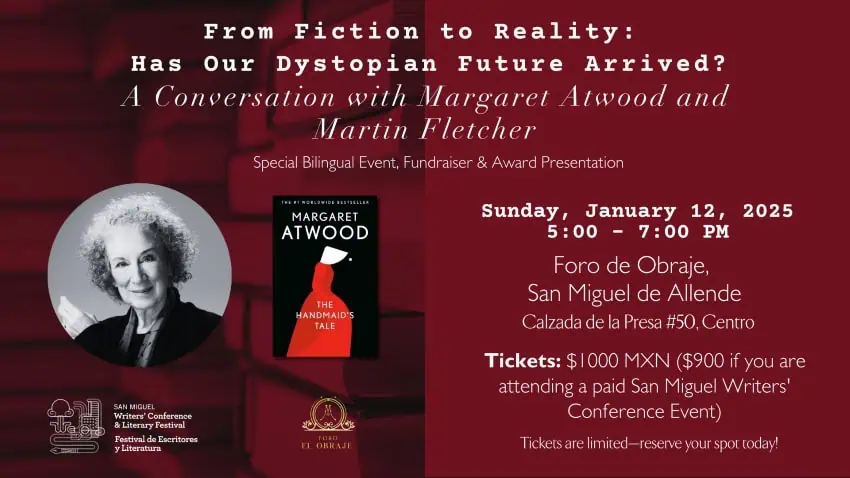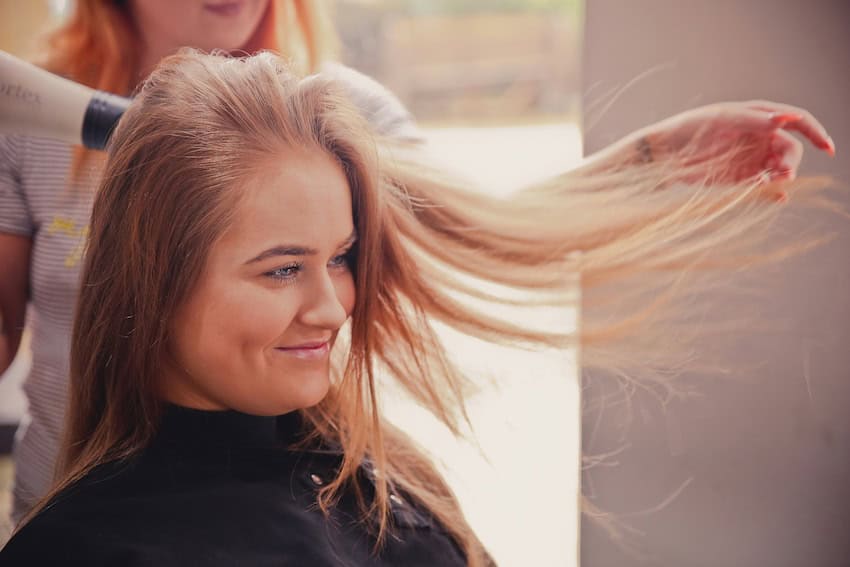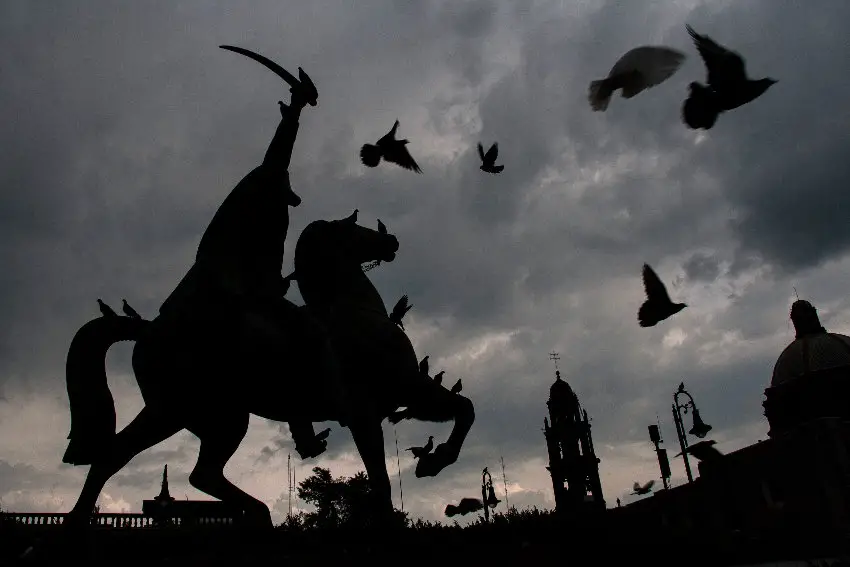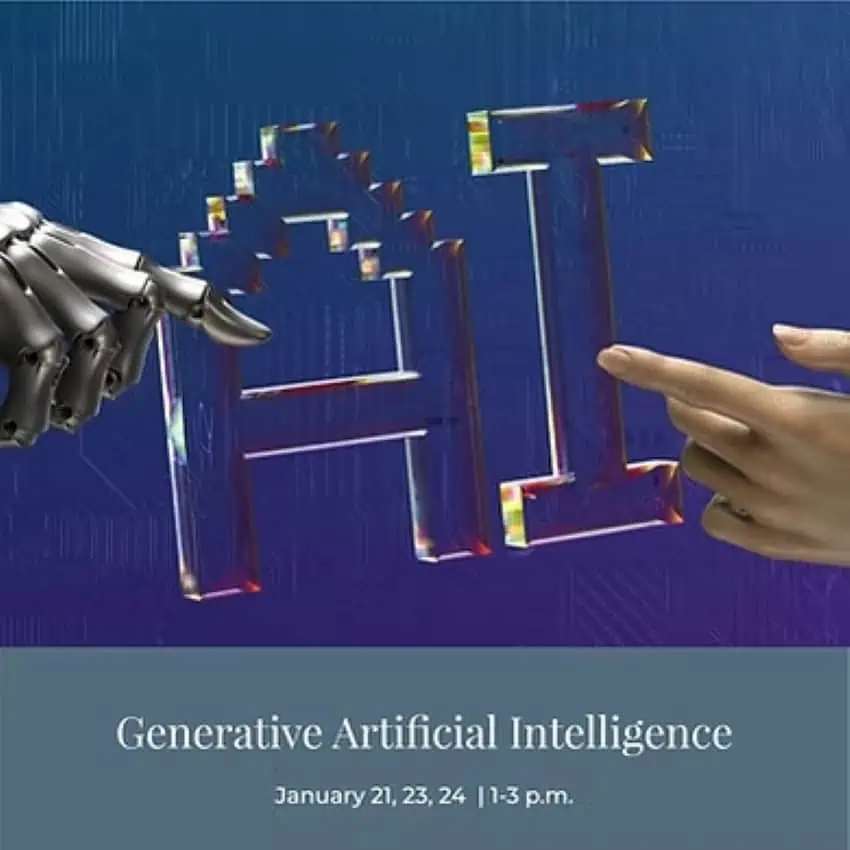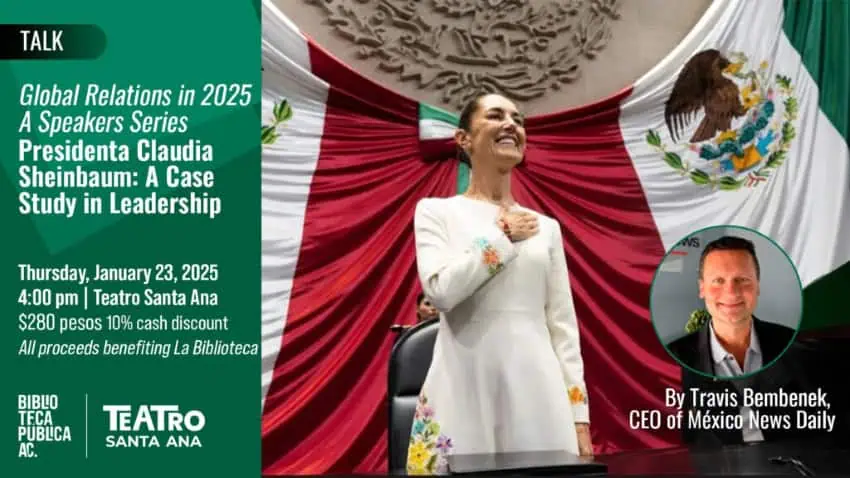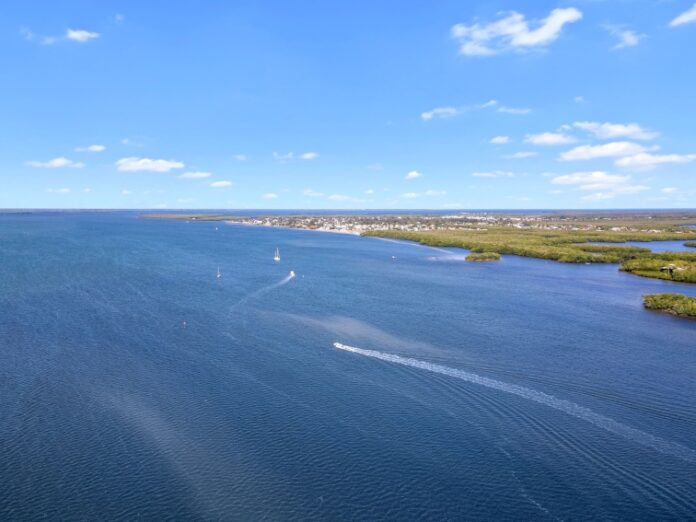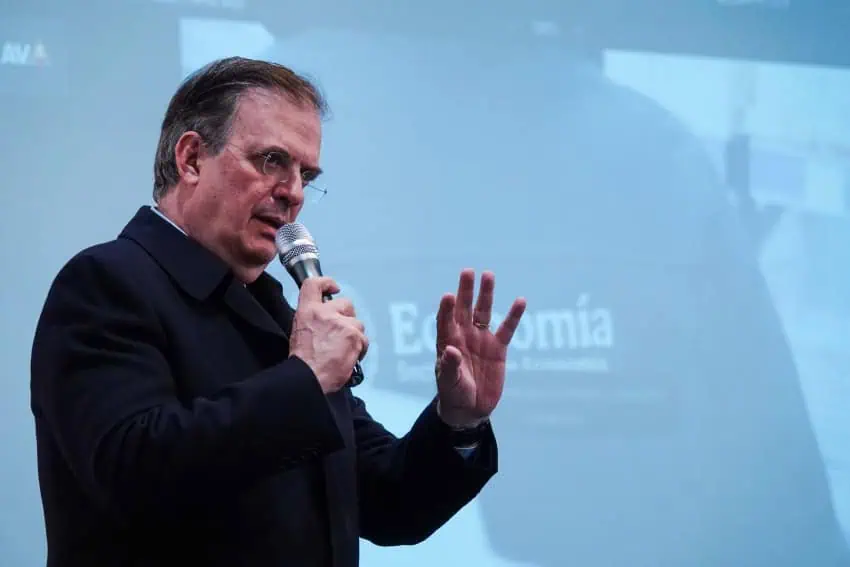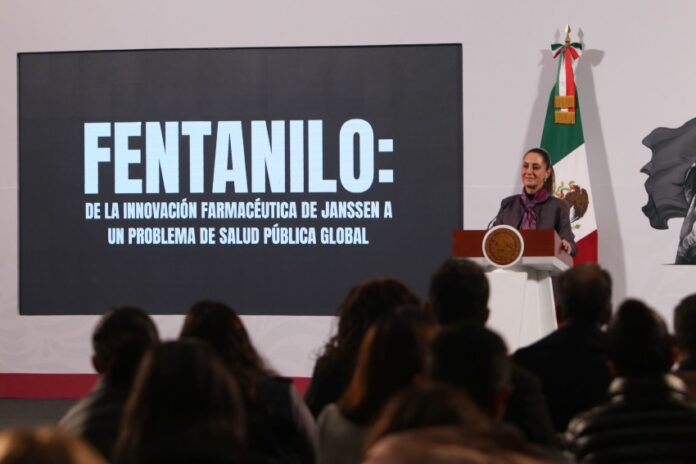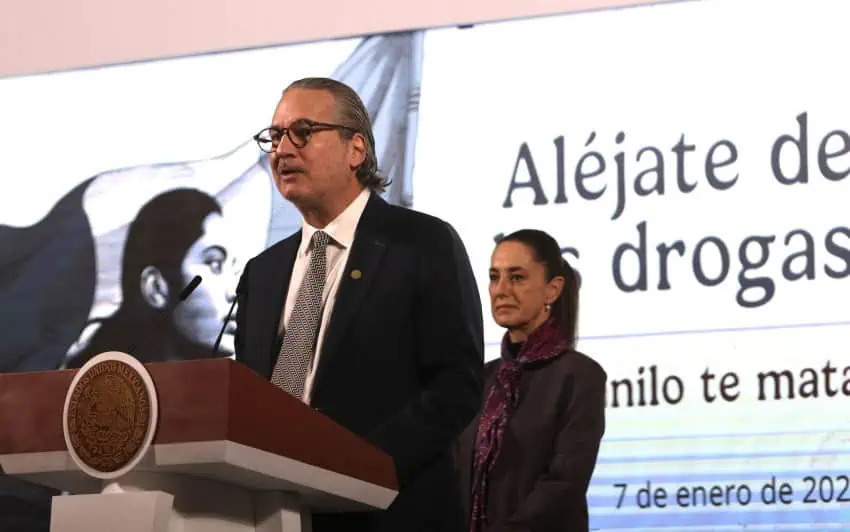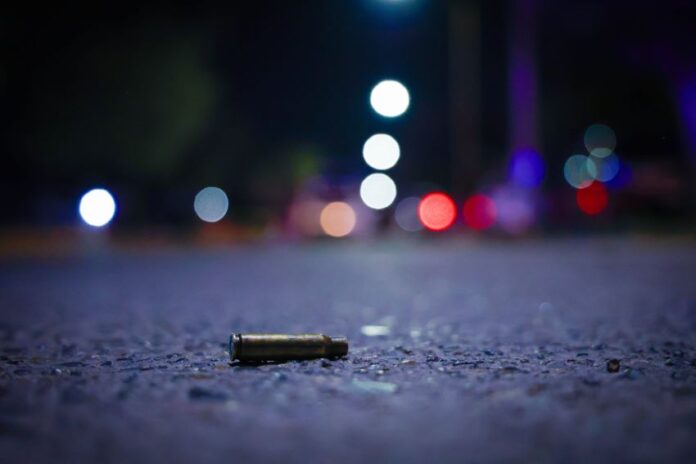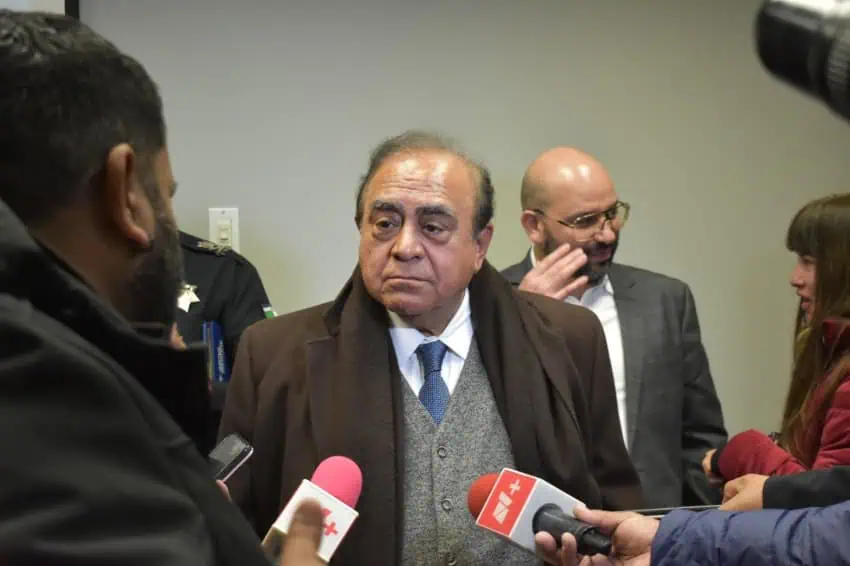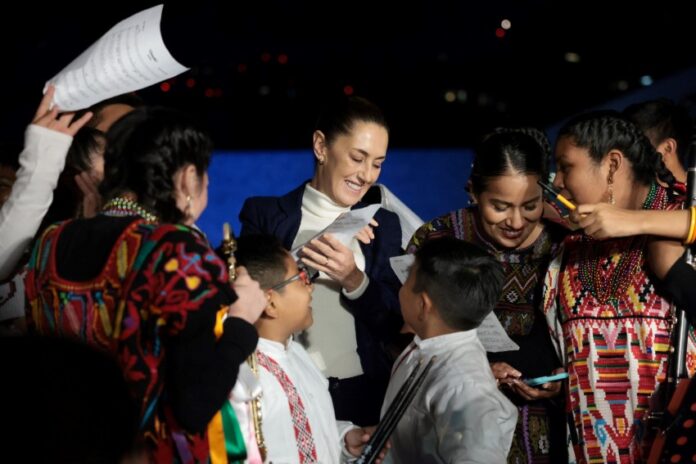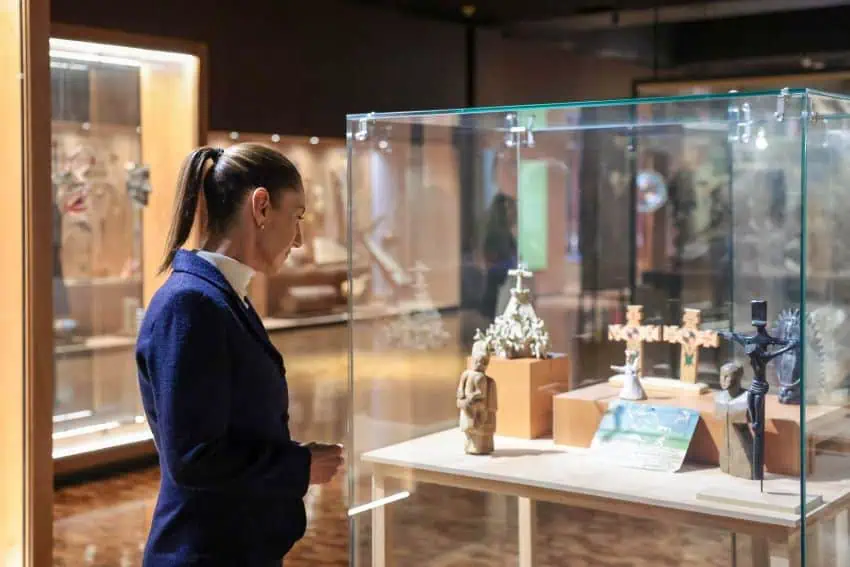I’ll begin with two disclaimers.
First, this review is written by a Mexican writer who worked for several years writing scripts for films, series, TV shows and at a major newspaper. I left this profession when streaming platforms asked me to portray a drug lord as a hero, when TV networks requested that I justify the military’s presence on the streets of Mexico and when my newspaper edited my articles and manipulated figures regarding online campaign expenses for presidential candidates — money that seemed to come from nowhere.

Second, it’s important to recognize that films and television shows have a powerful influence on how we perceive the world. Audiovisual media professionals carry a significant responsibility to thoughtfully consider both what we portray and how we present it on screen. This is why I was so disappointed to see French director Jaques Audiard’s musical comedy “Emilia Pérez” win best film in the comedy and musical category at the Golden Globes on Sunday.
Why do some Mexicans dislike “Emilia Pérez“ so much?
The problem isn’t that “Emilia Pérez” is a comedy. This isn’t the first time a comedy about drug trafficking has been made. “El Infierno,” directed by Luis Estrada in 2010, is one of the most popular films in Mexico. The character of El Cochiloco, known for his outrageous lines, has become unforgettable to a generation.
This issue isn’t that I think only Mexicans can discuss Mexican issues. “La Civil,” one of the most powerful films regarding the search for mothers and the government’s failure to address cases of forced disappearance was directed by Romanian filmmaker Teodora Mihai. “La Civil” is a deeply moving film, and its impact is heightened by the perspective of an outsider.
Though it’s caught a lot of flack, the issue isn’t even Selena Gomez’s accent. Every non-native speaker faces challenges when learning a new language. While someone like Eiza González, who has an impeccable command of both Spanish and English, could have been a great choice for the role of the drug lord’s spouse, having Selena Gomez in the cast definitely brings a level of star power.

Does “Emilia Pérez” celebrate narcos?
Personally — and I think many in Mexico feel the same way — it bothers me deeply when drug traffickers are presented as heroes, as happens in shows like “Narcos,” “El Chapo” and “El Señor de los Cielos.”
Turning the country’s biggest security crisis into a musical where the protagonist is one of the perpetrators of that crisis shows a profound lack of respect. Think about the worst crisis of violence in your country in recent years. Now imagine if a foreign director made a film about one of the perpetrators of that violence attempting to redeem themselves, turning reality on its head and solving the crisis they actually helped create. As if that weren’t enough, imagine if that film were marketed as a musical comedy. For me, that was “Emilia Pérez,” and watching this trivialization was deeply painful.
The plot of “Emilia Pérez” involves the title character, a former drug lord, setting up a nonprofit to search for the bodies of victims of forced disappearance. There are 121,290 victims of this crime in Mexico, according to the National Registry of Missing Persons (RNPDNO). The true number is in all likelihood higher, however. Organizations that deal with the forced disappearance crisis have drawn attention to systemic underreporting of the disappeared. In addition to organized crime, state forces are also responsible for this crisis.
Victims of forced disappearance are often uninvolved in criminal activities. Many are ordinary citizens, including businesspeople, journalists, doctors, nurses, lawyers and public officials. Women, children, disabled people, migrants and poor people in general are particularly vulnerable to being forcibly disappeared. Watching “Emilia Pérez,” the reality of this situation was too stark to ignore.

What message does this film send?
Director Jacques Audiard explained that he needed a hyper-masculine context to effectively transition into a feminine world. However, could he not have chosen a businessman or politician instead? I believe that a story about the experiences of transgender people could have been just as impactful without relying on the painful cliché of a Mexico that revolves around drug lords.
When crafting a script, it is essential to clearly define protagonists and antagonists. The characters can be as complex as you want, and they should be deeply human, displaying both strengths and flaws. To generate empathy with the audience, you need to appeal to the emotions the characters evoke through their conflicts and actions.
Portraying the leader of a cartel as a redeemed character, as Audiard’s film does, conveys a powerful message. It suggests, perhaps unintentionally, that traffickers are just as human as anyone else, that they simply want to live their lives, that they are parents too, that they can be benefactors and good people.
The recognition of narratives like this by Hollywood sends a troubling message of acceptance towards a narco-culture that many Mexicans are striving to erase from the international imagination. While watching the film, I couldn’t shake the thought that our social crisis is not being taken seriously, and this portrayal almost feels like a humiliating mockery of our reality.
Is there anything good about “Emilia Pérez”?
The cinematography and production design are impeccable, creating an atmosphere that resembles Mexico even though much of the filming took place in a studio in Paris. Additionally, Karla Sofía Gascón and Zoë Saldaña deliver outstanding performances, showcasing their talents as excellent actresses.
Some Mexicans liked “Emilia Pérez,” notably Oscar-winning director Guillermo del Toro, who called director Audiard “one of the most amazing filmmakers alive.”
Del Toro lives in Los Angeles. Maybe those of us in Mexico upset by “Emilia Pérez” are too close to the conflict. For us, the impunity enjoyed by those responsible for over 300,000 dead and 121,000 missing isn’t material for a comedy.
María Meléndez is a Mexico City food blogger and influencer.

